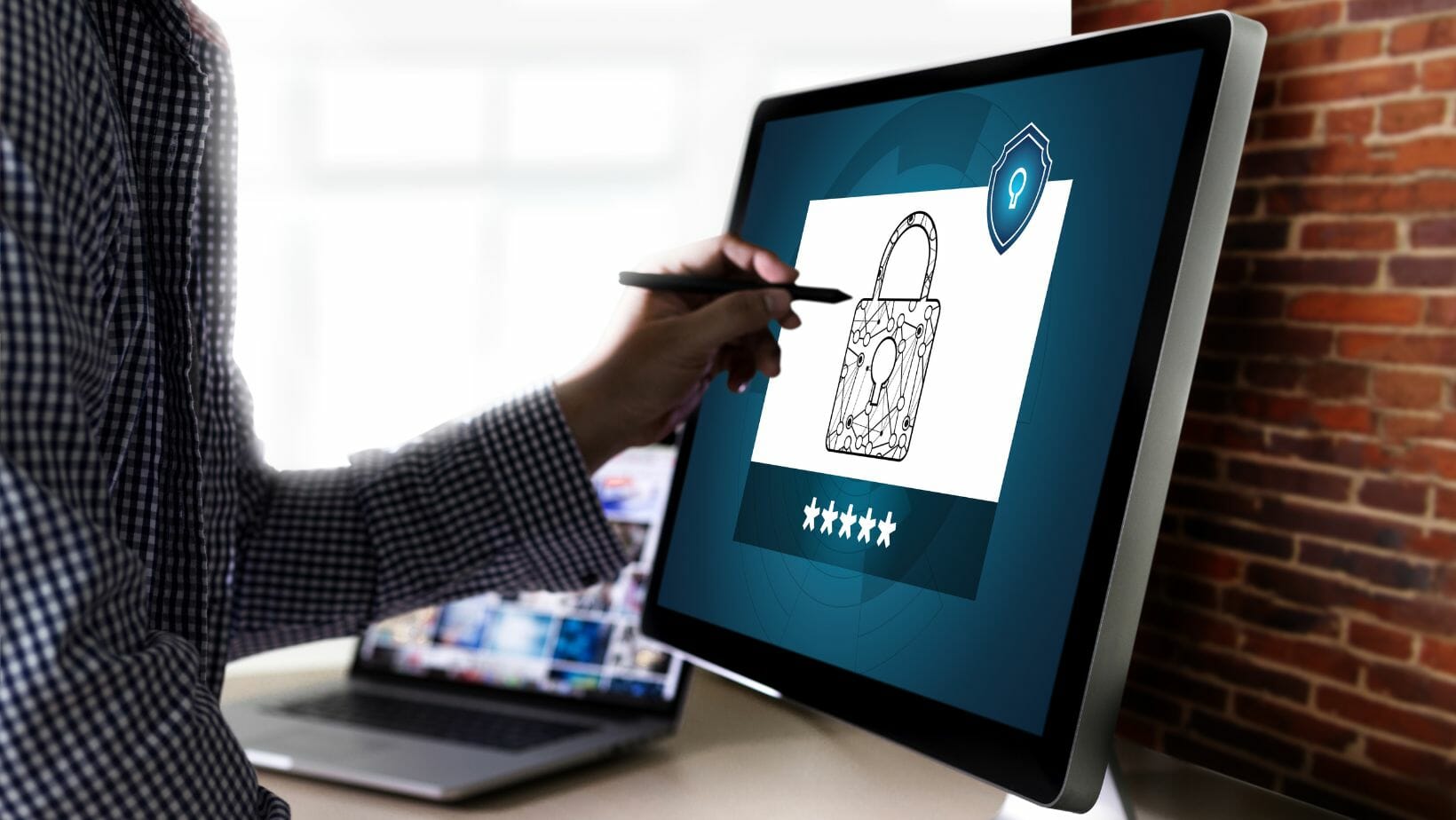Business owners know that while working with remote systems in today’s digitized era, investing in an appropriate security approach is critical. When it comes to cybersecurity, though, more informative content may be required. With the rise in popularity of remote working, security and privacy management have become a big concern for businesses. If you’re looking for Personal Protection in Chicago IL, you’ll want to read this blog post. We’ll discuss how to manage remote work security in 2022 and offer some tips to help keep you safe.
Cyber attacks and weak passwords are just a few of the factors that can compromise your company’s privacy. According to research, more than half of the respondents agreed that the most critical cybersecurity area in 2022 would be related to privacy concerns. Risk analysis came in second, with 46 percent of respondents choosing it.
Remote working can potentially create data breaches, spoofing, and many negative consequences. It can lead to data breaches, spoofing, and a slew of other problems. On this blog, you can find a wealth of ways on how remote workers can stay secure and decrease risks when accessing business data, based on corporate remote working principles.

What Are The Common Risks of Remote Work?
Companies can gain significant benefits from remote working. For various circumstances, though, it can potentially pose a couple of security risks. As a result of inadvertently engaging in improper and malicious activities, employees in the remote workplace may cause major problems and risks.
Hackers may have access to critical data, confidential information, and resources as a result of these activities. The fact that malicious users and software can gain access to this data and resources while working remotely can sometimes create a significant security risk. Some of these risks are listed below.
Phishing Attacks
Phishing attacks are considered the most dangerous ones. Phishing attacks typically target sensitive and personal data such as account names, banking information, passwords, and network credentials. Phishing attacks are most commonly carried out with email or advertising. However, in some cases, it may appear on websites similar to the ones you are currently using.
Passwords
While working remotely, you may use a variety of measures to protect your devices, including VPNs, security programs, and firewalls. This, however, will not always be enough. One of the greatest methods to keep your data secure is to use strong passwords. However, using the same password in many locations can be dangerous.
Cybercriminals can generate many codes or software to track your passwords. In this way, because you use the same passwords, your data, accounts, and other information may fall into the hands of others. To prevent them, you need to determine different passwords in different places.

File sharing
Companies’ networks contain many encrypted data and files. However, sometimes, encryption is neglected while these data and files are being moved from one place to another. On a normal day, many confidential resources, customer information, files, and sensitive data are shared within the company.
However, during sharing, hackers can find a way to get hold of your data. When this data is exposed, major problems are encountered, so appropriate security precautions should be followed when sharing files.
Working with Personal Devices
It’s possible that employees working remotely may not always be able to utilize business equipment all of the time. Instead, they can use their own technology devices, such as computers, phones, and printers, to run their businesses. Personal devices, no matter how convenient and self-contained they are to use, might create security problems.
When business operations are carried out on personal devices, cybercriminals can easily track accessible data and information. Companies that allow their employees to work remotely sometimes require their employees to work from their own equipment, as they cannot provide equipment. This can cause data to be at risk due to insufficient security levels.
One significant risk is the potential vulnerability of sensitive information and data. When employees work remotely, they often rely on personal devices and networks that may not have the same level of pam security as office setups. This can make them more susceptible to cyberattacks, such as phishing attempts or malware infections.
What Are The Best Practices for Secure Remote Work?
You can run your business more efficiently with efficient security policies and innovative cyber security solutions. There are various practices you should consider to ensure all of this.
Here are the best practices for secure remote working.
Track of user accounts
The security of user accounts and corporate data should be prioritized over the operating systems’ security. Consequently, it’s critical to keep track of which accounts have specific authorizations, as well as what data is received and processed. Some technical precautions, such as assuring Active Directory security, checking account privileges, and employing a DLP solution, should be taken at the same time.
Two-factor authentication:
All users must utilize two-factor authentication to log in. One of the most efficient ways to prevent password theft is for the users to input their password and log in with a disposable key that is delivered to them through SMS or other ways.
Monitor VPN connections
Do not accept any connection type other than VPN. All connections must be made over a VPN, and its connections must be followed. Otherwise, user information may be compromised by hackers. For this reason, it is very important to closely monitor which users are connecting to where.

Evaluate cloud systems
When employees are going to work remotely, there will be a need for the systems to get connected and utilized within the organization. Especially, the internet connection of the organization may be insufficient sometimes, or the server, infrastructure, and other devices can not be connected.
It may make sense to move systems and servers to a data center in the cloud where components can jam and cause performance issues. Thanks to cloud systems, both capacity problems and continuity of business can be solved in this way without any extra investment.
Update software on a regular basis
It is critical that employees know to update the software on the equipment they use. When you regularly update the software you use, you can expand your business, add security features and remove old ones by adding new or improved capabilities to your software.
Conclusion
Working remotely has many advantages for employees and businesses. A distributed workforce not only reduces a business’s expenses but also decreases employee turnover at companies.
However, as with any working system, remote work also has security challenges. Adopting recommended practices for secure remote work can help maintain your remote system and distributed workforce secure.

